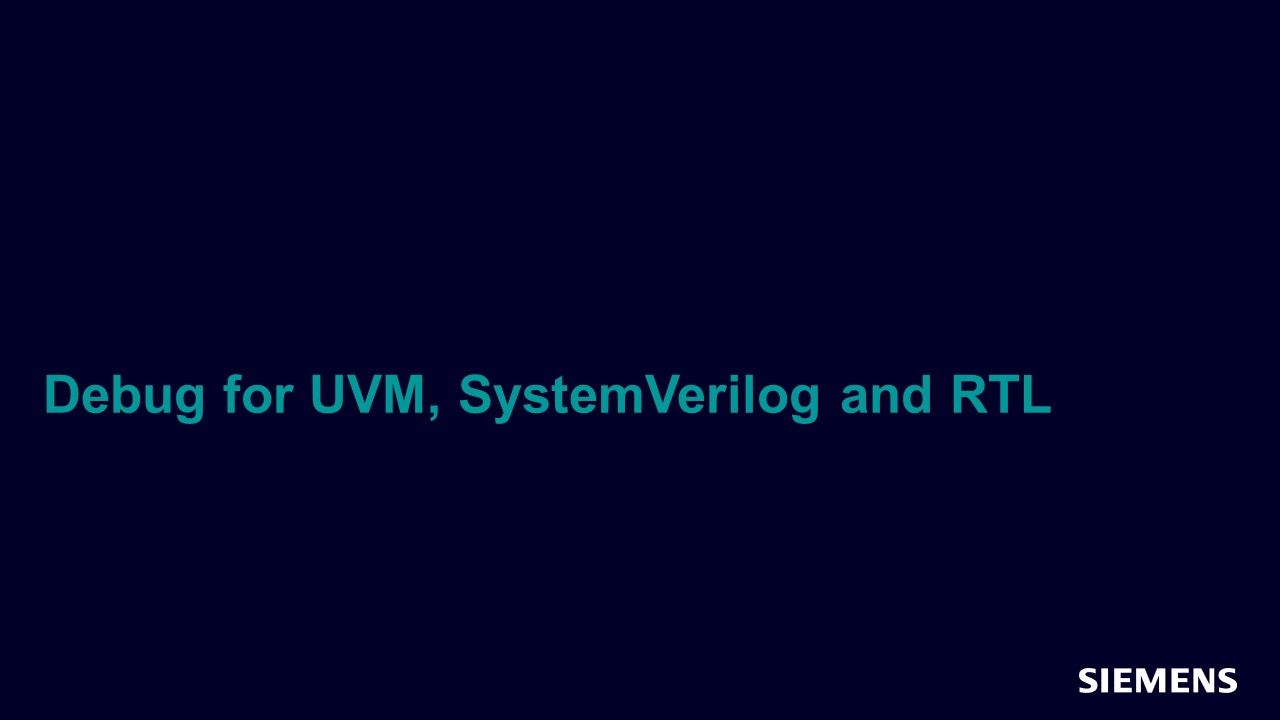Interactive Debug Techniques for UVM, SystemVerilog and RTL using Visualizer
This session will cover different techniques for debugging SystemVerilog UVM testbench and RTL source code while running a live simulation.

Full-access members only
Register your account to view Interactive Debug Techniques for UVM, SystemVerilog and RTL using Visualizer
Full-access members gain access to our free tools and training, including our full library of articles, recorded sessions, seminars, papers, learning tracks, in-depth verification cookbooks, and more.